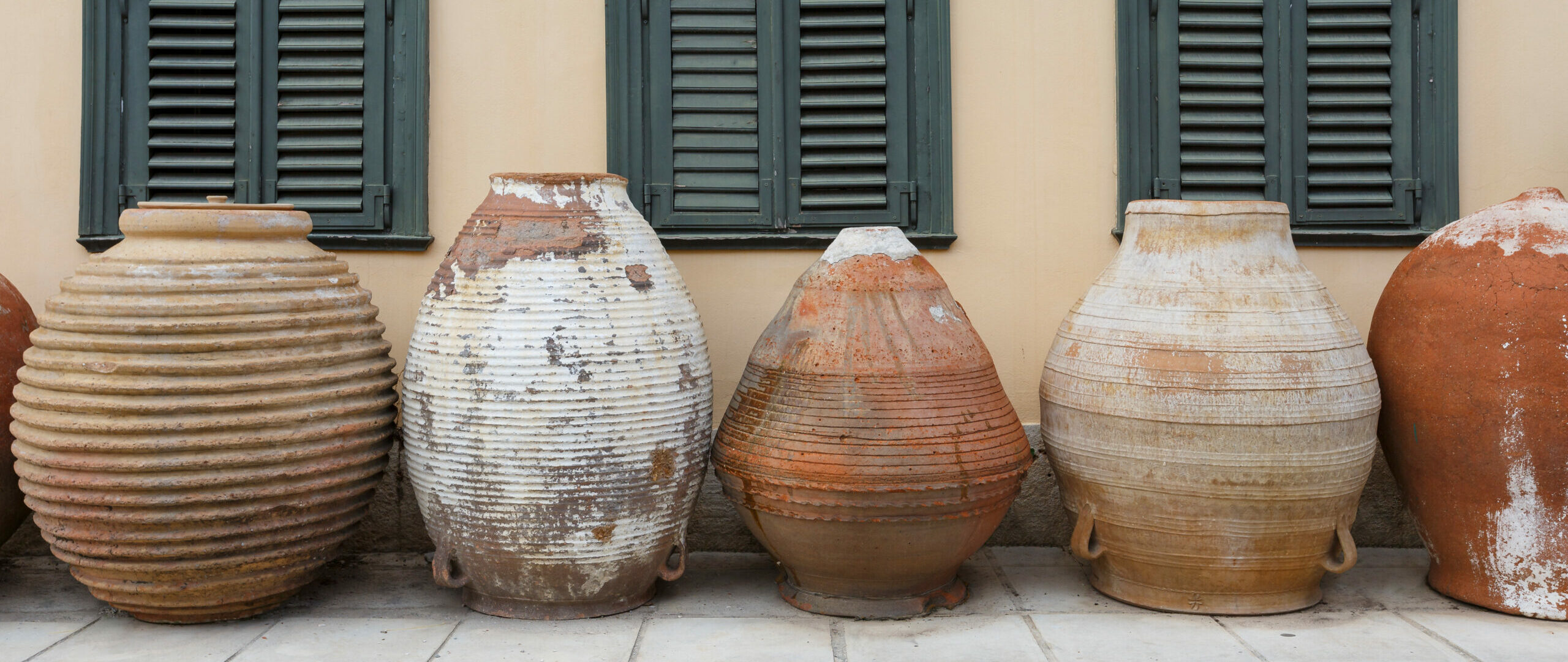The museum in Thission district which is more than just a museum
A living and constantly evolving organism with more than 3,000 exhibits
We walk in Ceramics, in Thission district,on Melidoni Street. At number four, we see… that there’s light and we enter. The Center for the Study of Modern Ceramics is still a small historical treasure. It’s the rest of Athens. With pleasant surprises that several of its doors hide.
The museum is housed in a neoclassical building of 1875. Undoubtedly, a representative sample of the neoclassicism of the time. Before it turned into an exhibition, it was a private residence. It was a different life in the houses of that time. The exhibits of ceramic art have been hosted there since the first months of the year 2000.
The exhibition owes its existence to Betty Psaropoulou. The material she collected after years of research was the basis for the creation of the museum. It consists of permanent as well as periodic exhibitions. As well as three workshops.
The collection includes more than 3,000 ceramic objects of all kinds. Almost all areas of Greece, that developed ceramic production in recent years, are represented. In parallel with the exhibition, three workshops are operating, where ceramics lessons are held.
The way of making vessels without the use of a wheel is the object of the first workshop. In the second workshop, we meet the wheelbarrow. It’s the pit where they put manual wheels and two potters worked together. One was turning the wheel and the other was moulding. United we stand… In the third workshop, the visitor will meet the foot wheel. This is also the latest stage in ceramic art technology.
The role of the centre is not only to be a museum. It conducts research in many parts of Greece. It has captured traditional workshops and furnaces. It has recorded the ceramics production process. It features audiovisual material from traditional potters in action.
The fruit of these research activities is the publication of books and the publication of articles in scientific journals. The Center for the Study of Modern Ceramics is a living and constantly evolving organism.
Who is Betty Psaropoulou excactly? She is the woman who is not an exaggeration to say that she is behind the existence of the center. She was born in 1930 and died in 2010. She was the offspring of an urban Athenian family of the interwar period. By the 1950s she had started collecting ceramics. She had a large archival material which the Center for the Study of Modern Ceramics was able to take advantage of with studies and publications.



